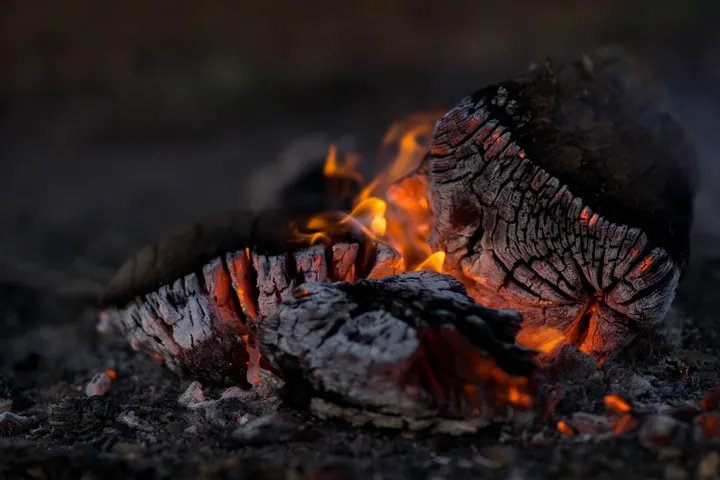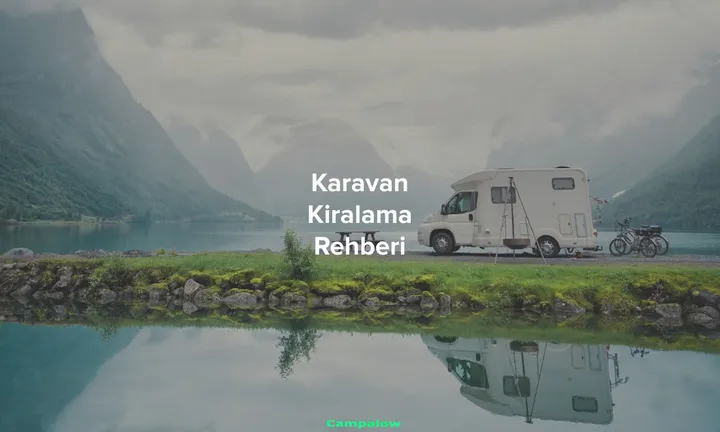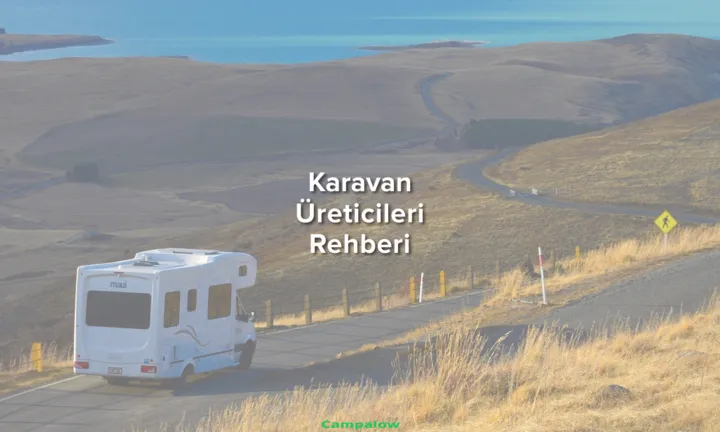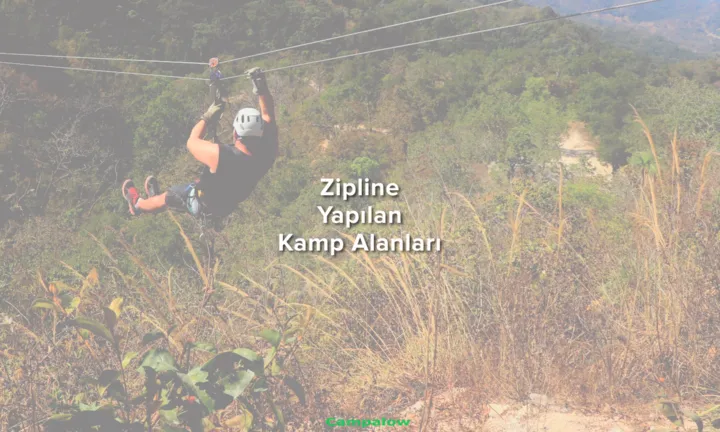Things to consider when lighting a campfire
For you today; We searched for the secrets of a nature-friendly campfire that does not harm the miraculous resources of the universe.
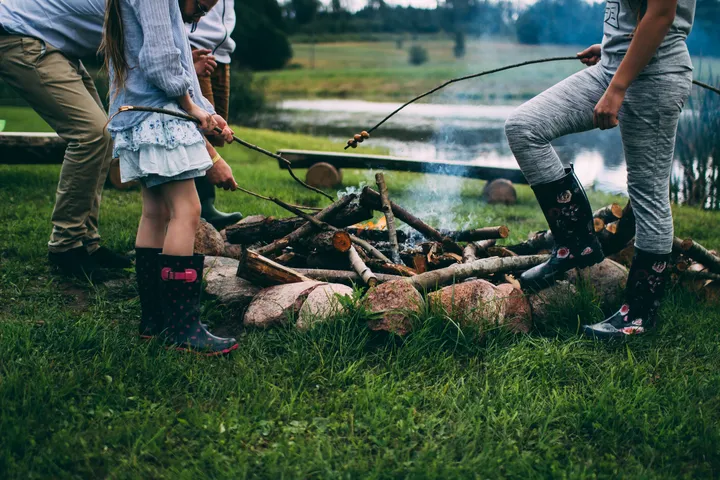
Undoubtedly, fire is among the indispensable elements of a pleasant and peaceful camping experience. The campfire reflects a different feast day and night with its warmth and harmony. Some of us use the campfire while warming up, and some of us need it while cooking. Sometimes the campfire becomes a romantic symbol that we gather around on the most pleasant evenings. Although the campfire has many beauties on its own, there are things to consider when combined with nature. Today we searched for the secrets of a nature-friendly campfire that you can light without harming the unique beauties of green. Let's learn together.
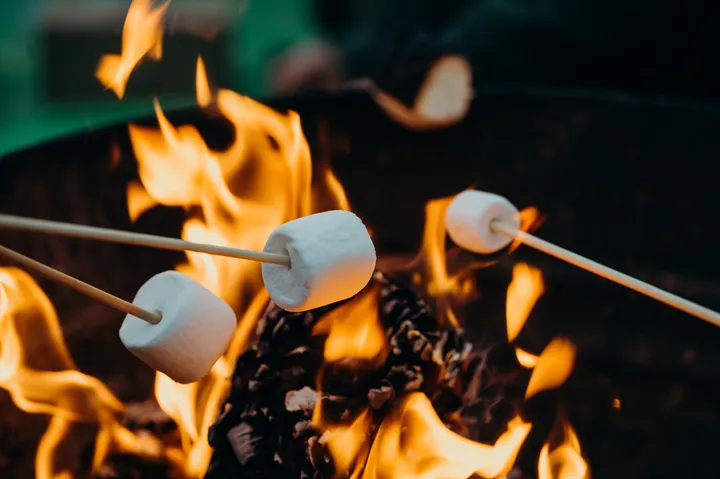
What Should Be Considered When Lighting a Campfire?
Setting the Fire
Whatever you are doing, the important thing is to end up with the least amount of time you spend in nature. At this point, for a unique camping experience, you must first have a fire bucket with you when lighting a fire. If you do not have a fire bucket and you have to start a fire on the ground, you must first find the lit areas. So you can evaluate a place that has been burned before without damaging the floor.
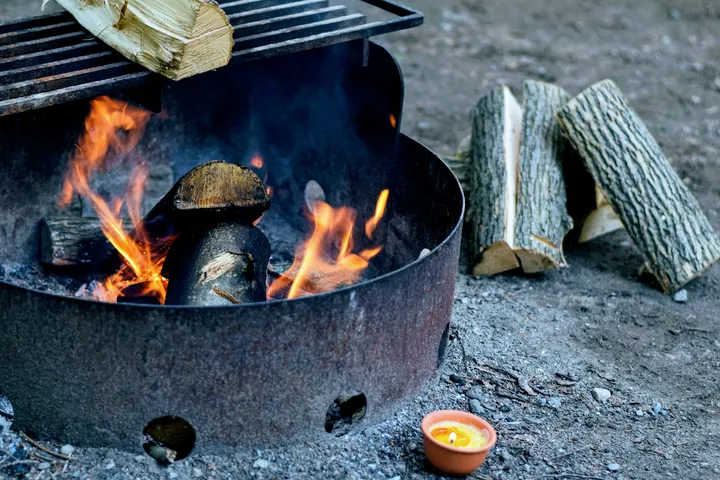
Removing Flammable Materials
The spread of a campfire lit in a natural environment over a wide area can reach dimensions that increase the danger of forest fires. In order to prevent such dangers, you must first remove materials such as bushes or leaves that can burn quickly from the vicinity of the fire. Thus, you can light the campfire in a controlled and safe manner.
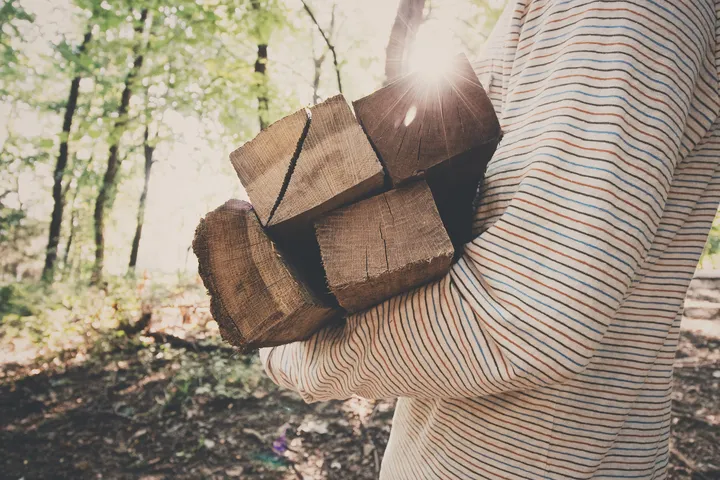
Controlling Fire Distance
In a camping experience in the depths of nature, you need to take into account possible strong winds when lighting a fire. For this, you can light the fire in a place away from tents, bushes and trees by evaluating the wind size. In this way, you can prevent the possibility of the flame spreading to materials or natural resources by heating up against strong winds.
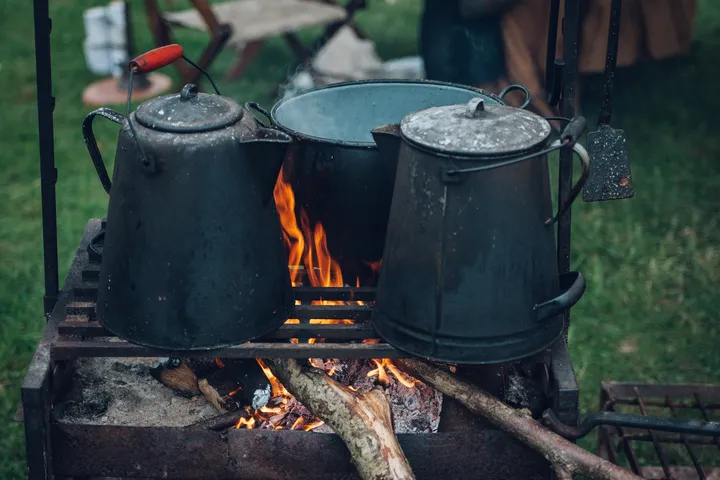
Creating a Safe Fire Field
If you are going to light a fire on the ground, you must make the area safe. You can surround the fire with dry and large stones in order to protect it from various factors such as wind. Thus, while your campfire becomes controlled, the possibility of splashing around due to the wind is prevented.
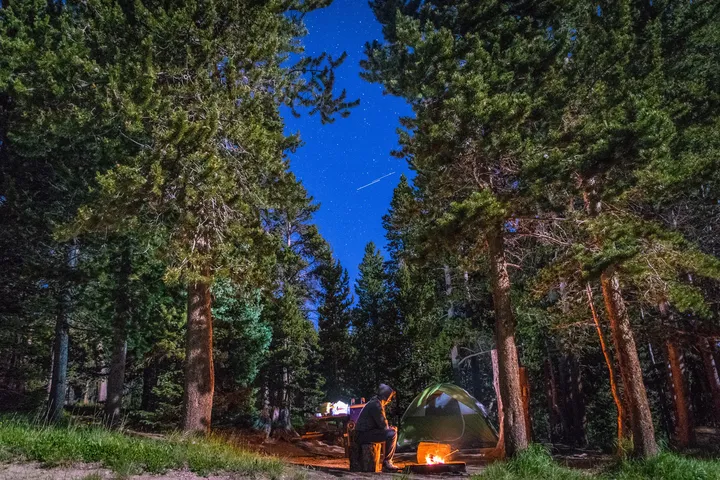
Igniting a Fire Safely
One of the most important issues when lighting a campfire is the ignition phase. You need to be patient as the fire starts to flare up. At this point, you should not use flammable materials such as gasoline and gas that will cause a fire in your haste. In addition, plastic objects such as plastic bottles can also cause natural air pollution, even if they inflame the fire. For this reason, you should only get help from dry bushes at the stage of making a campfire.
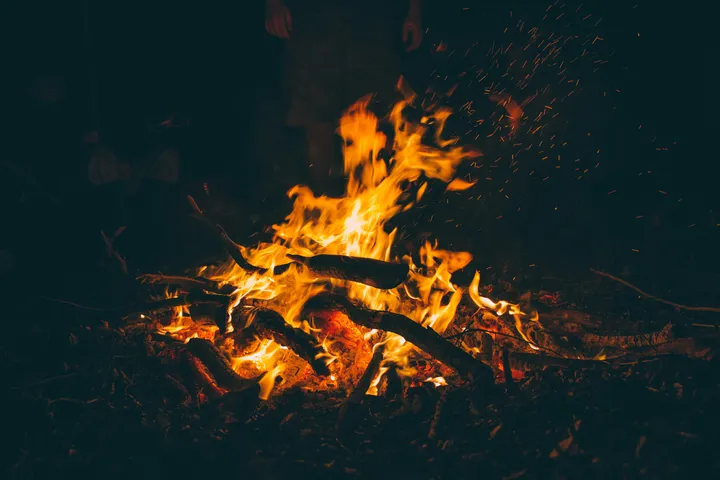
Putting Out the Campfire
After ending a pleasant and enjoyable camping experience, you need to leave minimal traces in order to protect natural resources. For this, you must put out the campfire safely. Water is mostly used in extinguishing the campfire. However, in cases where the water is not enough, the flames come into contact with oxygen and start to glow again after a while. In order to prevent this dangerous situation, you can cover the flame, which you extinguish by pouring water, with soil or sand to cut its bond with oxygen. During the extinguishing phase of the fire, you should not leave the area without seeing that it completely cuts the oxygen bond. Once you are sure that the area has completely lost heat, you can end the camping activity.
